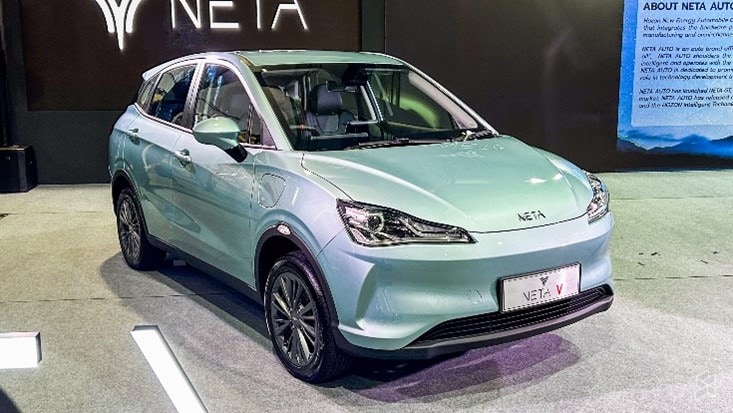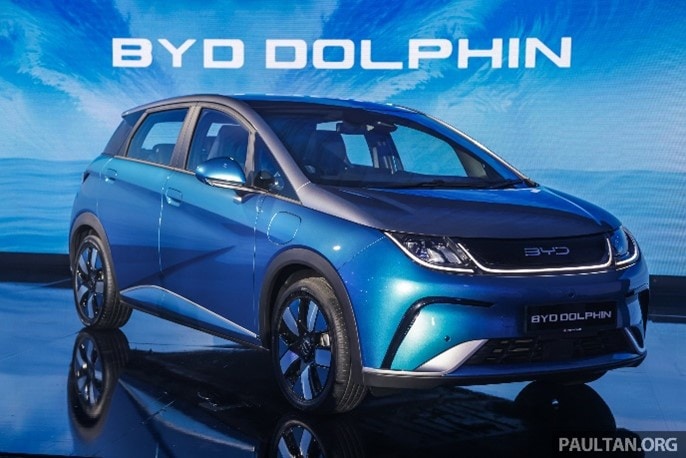A quick tap on when it all started back in 1830s by developing small scale EVs and it only slowly started making sense four decades later. Then in the 1920s, the development of roads and widespread use of cheap fuel contributed to the decline of EVs. Followed by the decades of soaring of fuel price has then gradually increase the adaption of EVs particularly, here in Malaysia because of its potential in creating a more sustainable future.
There are two types of electric vehicles which are all-electric vehicle and plug-in hybrid electric vehicle. All electric vehicle is basically a vehicle which can only be powered by an electric motor that draws electricity from a battery, whereas a vehicle that can be powered by an electric motor that draws electricity from a battery and by an internal combustion engine is a plug-in hybrid electric vehicle.
Besides ease of driving, comfort and safety, the perk of having an EV comprises of many other factors especially from environmental and cost perspectives. Generally, all pure EVs do not have tailpipe, hence they do not emit any greenhouse gases such as carbon dioxide, nitrogen, and water vapor that contribute to climate change. Besides, EVs produce noise at a very minimal level when compared to fuel consuming cars as they are now legally required to have an Acoustic Vehicle Alert System (AVAS) when reversing or travelling below 12mph (19km/h).
In comparison to a normal or traditional car, EVs have low maintenance fees as they have fewer working parts which need to be maintained or replaced over time. Recent research shows that an EV’s maintenance fee costs 30% – 50% less than a fuel consuming vehicle. For instance, EVs use some sort of regenerative braking system which uses an electric motor to slow the vehicle whilst putting some electricity back into the battery. This braking system becomes more efficient, placing less wear and tear on the brakes, then saves you money because the brake disks and pads need less maintenance compared to normal cars. Additionally, most of the overly populated shopping malls provide free or dedicated EV parking bays.
In 2021, it was reported that there were only 274 EV cars sold in Malaysia, whereas a big leap was anticipated in the year of 2022 with 2,631 sales. The margin of sales for EV cars went up to 860% from 2021 to 2022, according to Datuk Aishah Ahmad, the President of Malaysian Automotive Association (MAA).
Although there are many EVs in the market that contribute to the market share, here are some entry level EVs which cost about RM150,000 only.
i. Neta V

PIC: soyacincau.com
The estimated price of this soon to launch EV is RM100,000. Although it is priced as one of the lowest EV in Malaysia, the state-of-the-art of this EV is nothing less compared to its competitors equipped with the latest advancements. The warranty of EV High Voltage Part covers 8 years or up to 180,000 km, general part for 5 years or up to 150,000 km, and body part covers up to 10 years or up to 200,000 km. It is scheduled to be launched sometime in the third quarter of 2023.
ii. BYD Dolphin

PIC: paultan.org
This model offers 2 variants named Dynamic Standard Range which costs RM 99,900 and the Premium Extended Range, which is priced from RM124,900. A very noticeable difference between both the variant is that the Premium Extended Range comes with a glass roof. Besides, in terms of battery capacity, the Premium Extended Range comes with a 60.48kWh/427km battery pack, whereas the Dynamic Standard Range comes with a 44.9kWh/340km battery pack. It comes with an 8 year or 160,000 km coverage for the battery and 6 year or 150,000 km for its factory warranty. It was launched in Malaysia on 28th July 2023 and apparently it is priced cheaper than the BYD Atto 3 SUV.
iii. Chery Omoda 5

PIC: malaymail.com
The President of Chery Malaysia believe that they can have 20% of market share in the EV segment next year. All models get an eight-year warranty or 200,000km warranty on its battery and electric motor while the rest of the car gets a coverage of 2-years or 200,000 km. They come in 2 variants, C which cost RM108,800, and H which cost RM118,800. The difference between both these variants is certain cabin features, for instance the additional red highlights around the car for the H variant. This battery-powered version EV is mostly likely to be launched in the first quarter of 2024.
iv. Ora Good Cat

PIC: motorist.my
The Ora Good Cat comes in 2 variants named 400 Pro and 500 Ultra with two battery capacity specifications. The 400 Pro variant is priced from RM139,800 and the 500 Ultra variant is priced from RM169,800. These variants differ in terms of battery specifications, battery charging duration, and others. This hatchback EV comes with 5 times free service with a 5-year/150,000km warranty and an 8-year/180,000km battery warranty. This EV was launched in November 2022 offering excellent value for money.
Stay tuned for more exciting automotive updates!

